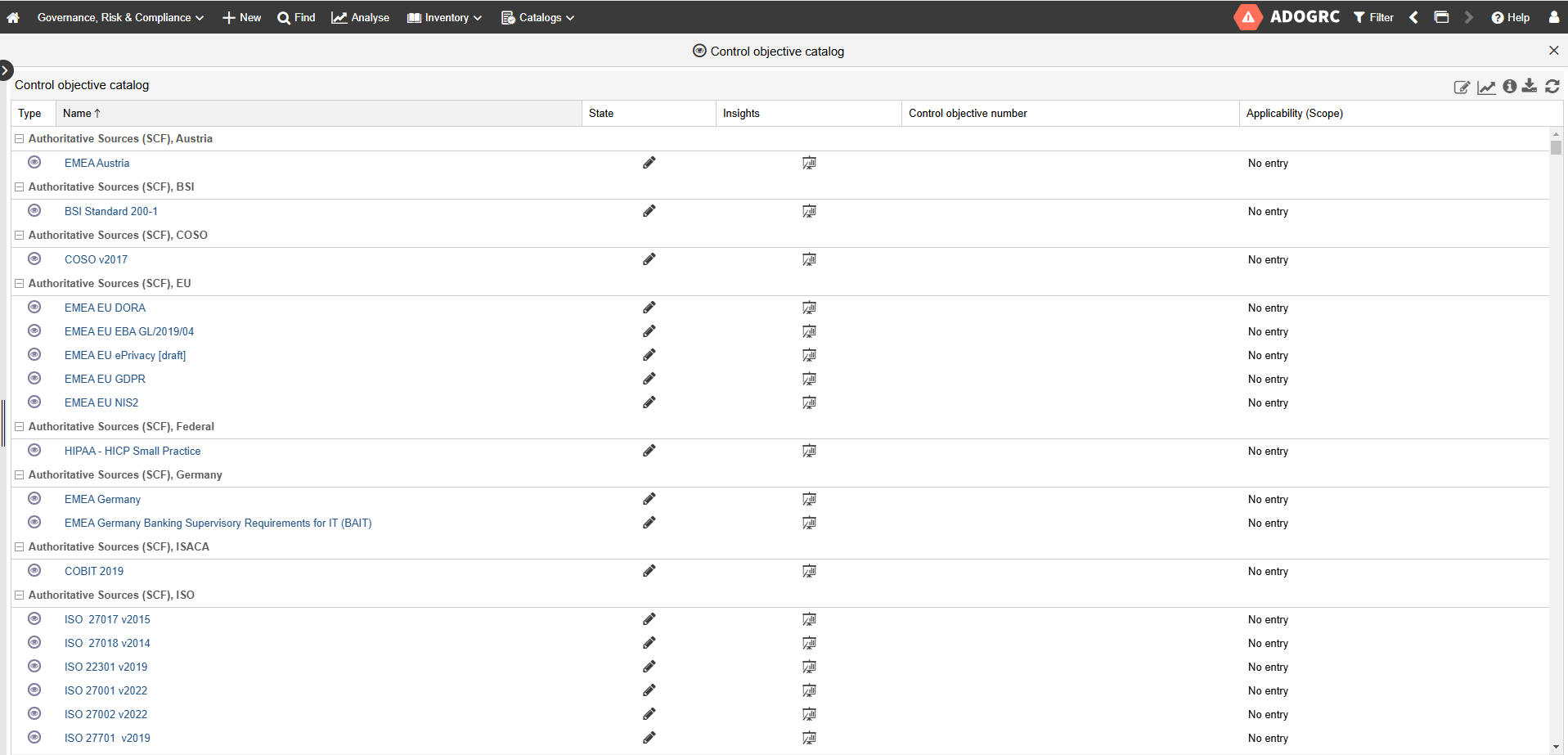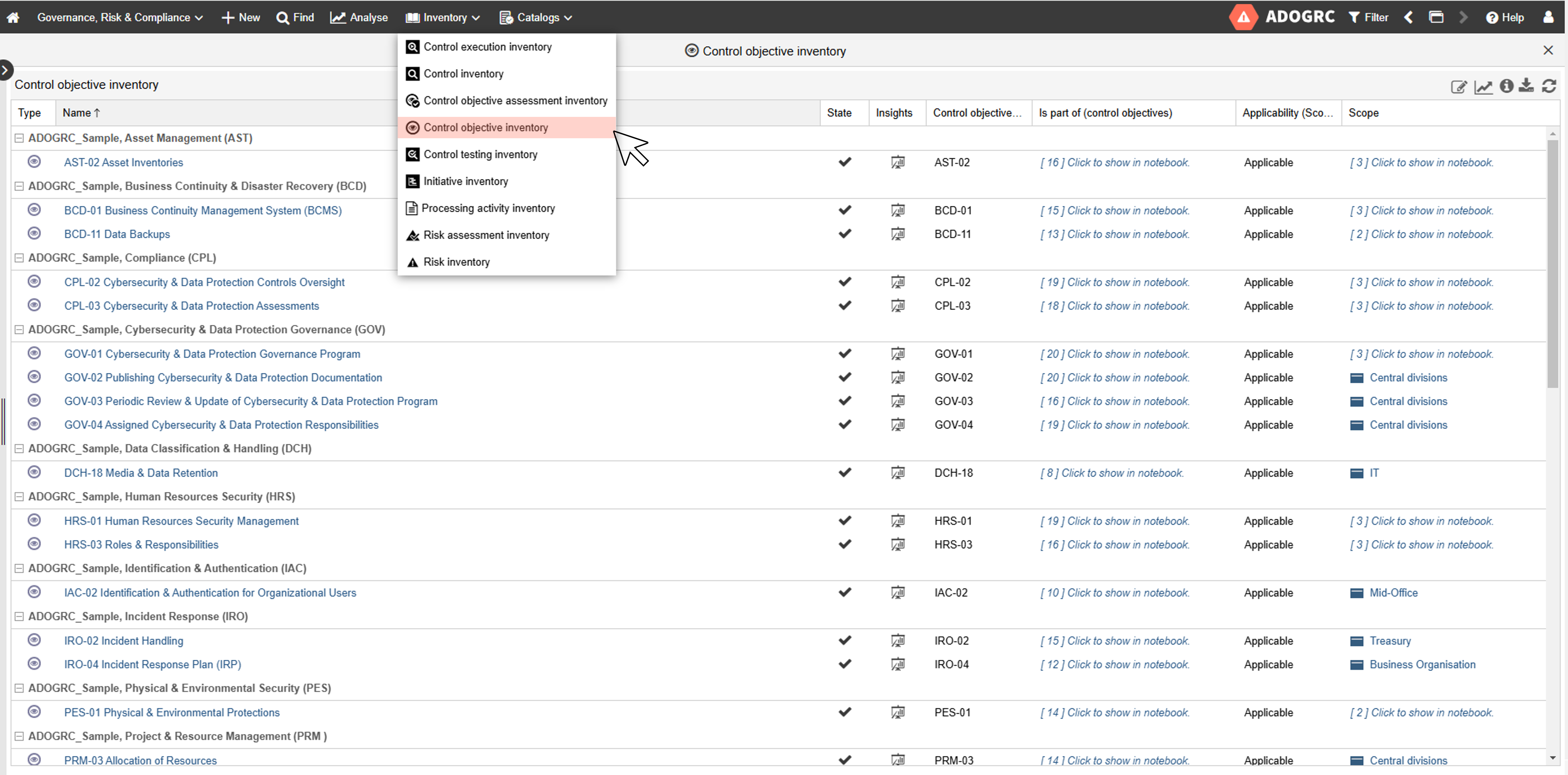Found this helpful? Share it with peers.
Introduction
Navigating the maze of regulatory requirements is a challenge that no organization can afford to overlook. This year alone, global regulatory authorities have issued billions in fines for non-compliance, underscoring the high stakes involved. Compliance Monitoring ensures that businesses meet these demands, reduce exposure to risks, and maintain the trust of stakeholders.
Central to this effort are Compliance Monitoring Systems, which provide a structured approach to managing tasks, responsibilities, and assessments while ensuring alignment with industry standards. As regulatory expectations continue to expand, these systems have become indispensable for organizations striving to remain compliant and resilient.
What is a Compliance Monitoring System?
A Compliance Monitoring System is a technology-based framework designed to ensure an organization adheres to relevant laws, regulations, and internal policies. Traditional Compliance Monitoring methods primarily rely on manual checks, rule-based systems and periodic audits to ensure regulatory adherence. But these approaches often conflict with the increasing volume, complexity and susceptibility to errors in regulatory requirements.
That is where a Compliance Monitoring System comes into play, serving as a structured framework that helps organizations identify, manage, monitor, and report on regulatory requirements and their implementation status. It integrates policies, procedures, and monitoring tools to ensure compliance with laws, regulations, and industry standards. A Compliance Monitoring System serves as the backbone for maintaining accountability, transparency, and proactive management of compliance risks.
Why is Compliance Monitoring Crucial?
In today’s complex legal landscape, non-compliance can result in significant penalties, reputational damage, and business disruption. High-profile examples in the media, such as Meta’s recent multi-billion dollar fine for breaching GDPR regulations, highlight the severe consequences companies face when they fail to comply with legal requirements.
As industries continue to evolve and regulatory requirements grow more complex, Compliance Monitoring remains a critical component of a robust Compliance Management Program. By prioritizing compliance, organizations can mitigate the risks of regulatory breaches, strengthen business continuity, safeguard their reputation, and maintain stability in the face of ongoing challenges.
Best Practices for Implementing a Compliance Monitoring System with ADOGRC
Implementing a Compliance Monitoring System requires a structured approach to ensure its effectiveness and long-term value. Below, we outline key steps for implementing a robust Compliance Monitoring System, using ADOGRC as an example of how GRC suites can help your organization stay compliant and mitigate risks efficiently.

Implementing an Effective Compliance Monitoring System
1. Identify Regulatory Requirements
Understanding the mandatory regulations that apply to your organization is crucial. Whether these are data protection laws, environmental regulations, cybersecurity standards or industry-specific requirements, regularly identifying and reviewing applicable rules forms the foundation of an effective Compliance Monitoring System. Transparency plays a key role in this process.
Creating comprehensive and accurate compliance catalogs can be complex and time-consuming, particularly when regulations and standards overlap. Many organizations feel overwhelmed by the risk of overlooking crucial regulations and their specific details. This is where compliance libraries, provided by compliance experts, can simplify the process and make a significant difference.
The ADOGRC Compliance Library addresses this challenge by offering over 1,000 control objectives, covering more than 30 standards, and over 40 domains based on the Secure Controls Framework (SCF). It is further enhanced with BOC Best Practices, covering a broad range of regulations and industry standards, including ISO 27001, ISO 31000, NIST CSF 2.0, EU-GDPR, EU-DORA, EU-NIS2, BSI 200-1, and many more.
ADOGRC Compliance Library
ADOGRC offers an intuitive user interface for its Compliance Library, enabling efficient identification of relevant control objectives and uncovering potential compliance gaps. This streamlines the management of regulatory requirements and ensures your compliance efforts remain comprehensive and aligned with the latest standards.
2. Define the Scope and develop a Compliance Framework
Defining the scope of your Compliance Monitoring System and creating a robust framework is absolutely essential for ensuring its effectiveness. This involves selecting specific regulations, guidelines and best practices that align with your organization’s compliance objectives. Whether the goal is proactive risk management or ensuring audit transparency, the system and framework should be built with these criteria in mind. Establishing clear objectives helps prioritize which regulations to monitor and ensures that the Compliance Monitoring System addresses the most critical areas of your organization.
With ADOGRC, organizations benefit from an inventory feature, which provides a comprehensive overview of all objectives that are relevant to the organization, including further insights and details.
ADOGRC Inventory Tool
By visualizing the full scope of your compliance requirements in the inventory, organizations can better manage risks, identify potential compliance gaps, and improve decision-making. This clarity allows teams to prioritize compliance tasks, allocate resources more effectively, and stay ahead of regulatory changes, ensuring a resilient and adaptable Compliance Monitoring Framework.
3. Choose the Right Monitoring Tools
Choosing the right Compliance Monitoring tool is key to the success of the system. These tools automate data collection and integration, reporting, risk assessment and the current compliance status.
ADOGRC serves as an example of a powerful solution, integrating a Compliance Monitoring System with real-time tracking of control objectives, automated reporting, and effective risk management. By centralizing compliance tasks within a single platform, it simplifies processes, minimizes risks, and enhances compliance management strategies.
4. Data Collection and Integration
Compliance Monitoring involves tracking data from a variety of internal and external sources. For a system to be effective, it should seamlessly integrate with other business systems, such as BPM or EA, to capture and monitor relevant data across the entire organization.
ADOGRC excels in this area by seamlessly integrating reliable information, while enhancing both the security and efficiency of business processes. This integration ensures that Compliance Monitoring is not siloed, but rather flows across the organization, providing a comprehensive view of your compliance status.
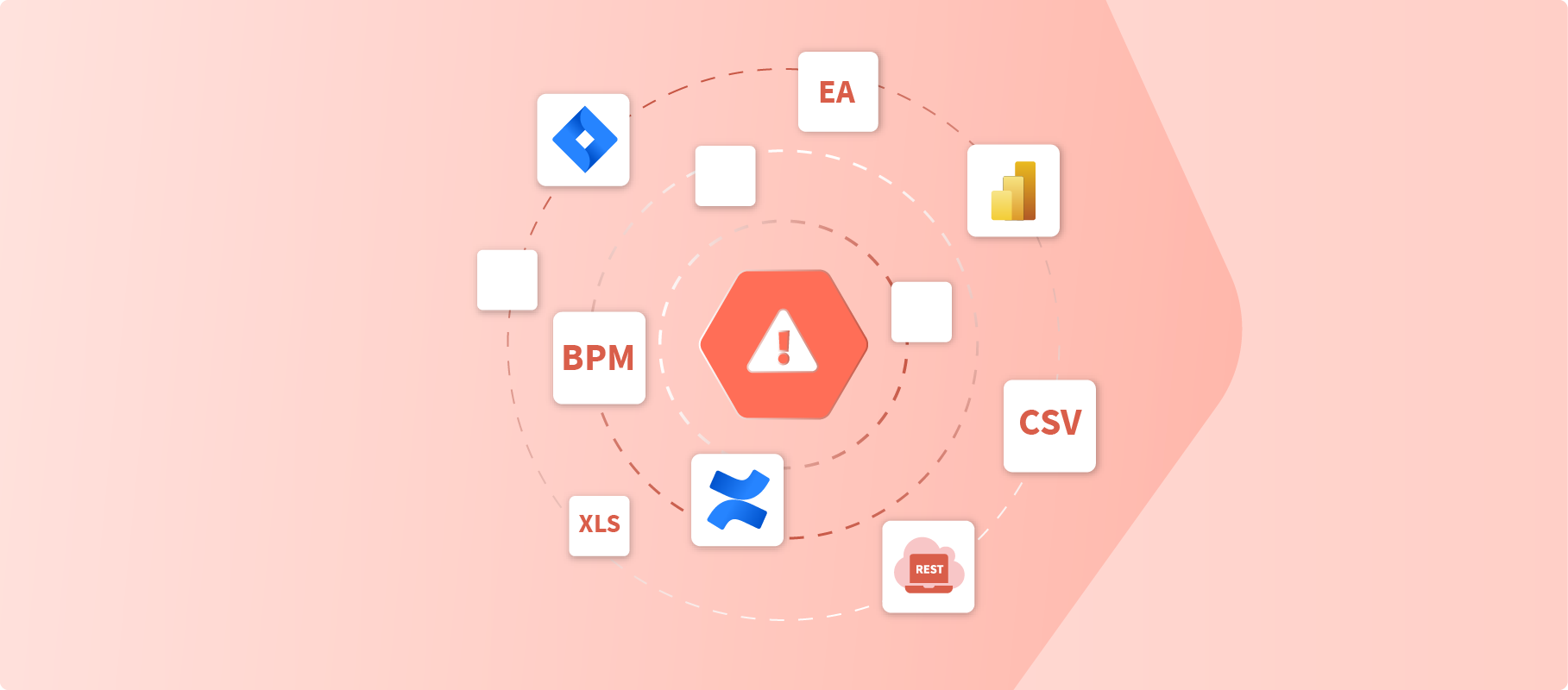
ADOGRC Tool Connectivity
Integrating data from diverse sources also ensures consistency and provides a holistic view of compliance status, enabling timely identification of potential issues.
5. Implement Preventive Controls
Risk mitigation relies on robust controls that address key vulnerabilities. Implementing controls such as segregation of duties (SoD), access management, and training and awareness programs enable companies to reduce human error and safeguard sensitive data from mishandling.
With ADOGRC, customers benefit from the included Control Objective Assessment, allowing them to evaluate control objectives across various scopes, such as organizational units or teams. This enables real-time detection of compliance issues.
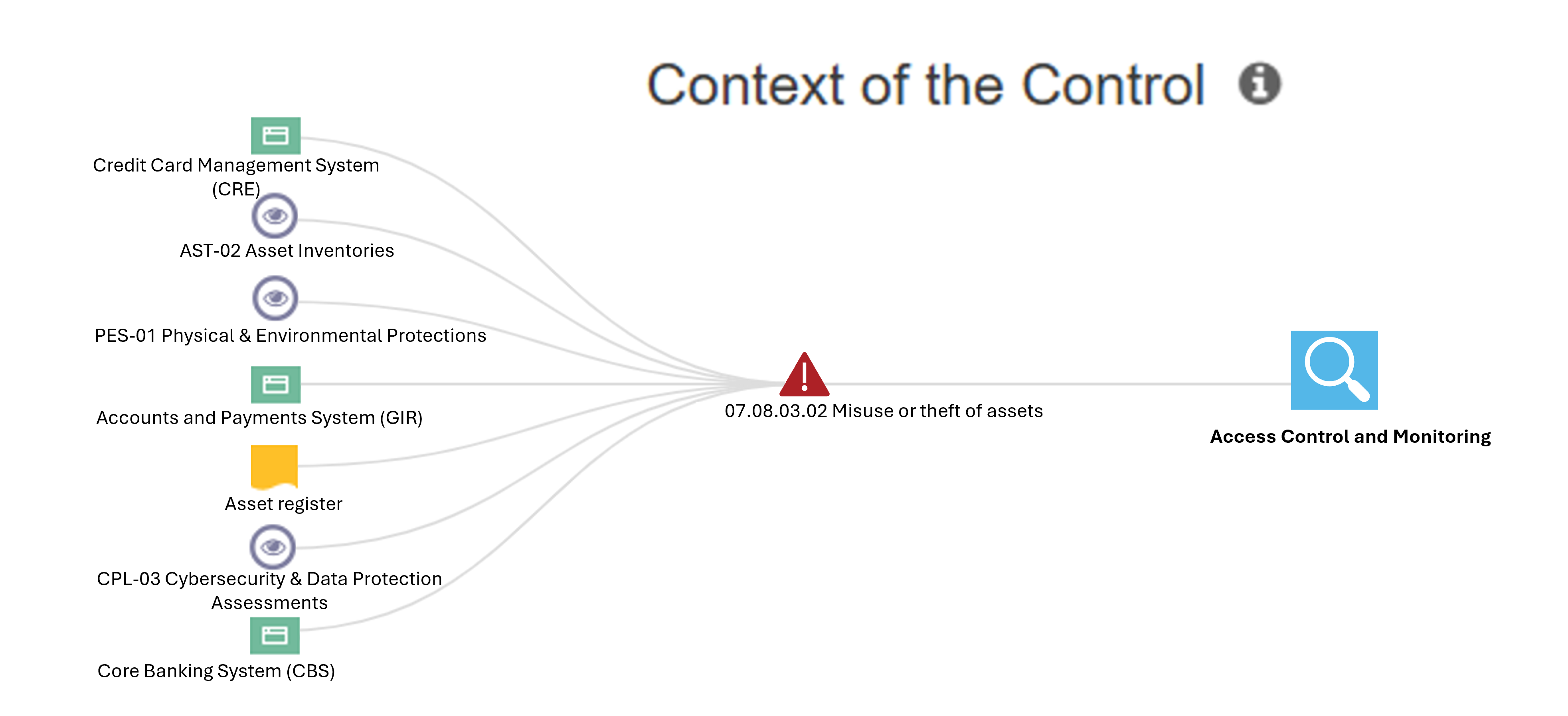
Control Objective Assessment in ADOGRC
Prevention is always more effective than correction. Embedding compliance into daily operations through automated controls reduces the risk of non-compliance and fosters a strong culture of accountability within the organization.
6. Develop a Response Plan
Addressing compliance violations requires a clearly defined response plan that enables quick and effective action. This plan should include clear procedures for reporting violations, investigating root causes and implementing corrective actions.
Timely and well-executed actions reduce legal and financial exposure while ensuring compliance is quickly regained. A robust plan promotes accountability and enables organizations to recover from violations with minimal disruption.
7. Audits
Audits provide valuable insights into the performance and effectiveness of a Compliance Monitoring System. Whether conducted internally or externally, they highlight areas for improvement and ensure the system stays up to date with regulatory changes and organizational needs.
ADOGRC simplifies audit activities by saving time, optimizing resources, and offering real-time compliance visibility. It facilitates continuous optimization of processes, ensuring regularity, security, and operational efficiency.
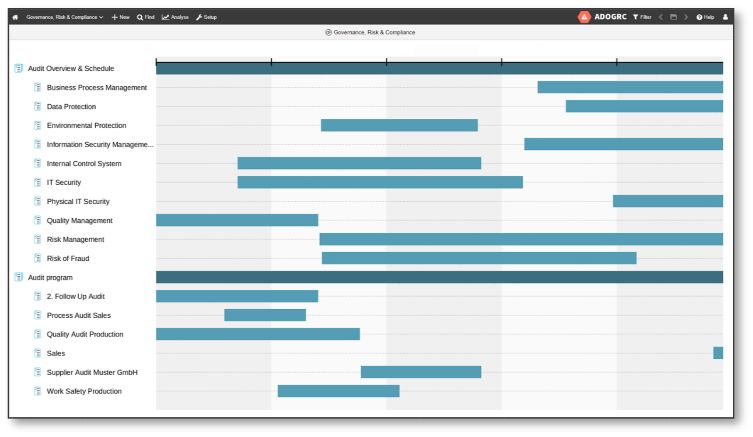
Audit Management in ADOGRC
8. Continuous Improvement
An effective Compliance Monitoring System requires flexibility to keep up with evolving regulations and shifting business needs. Regular updates, guided by insights from audits, incident reports, and regulatory changes, help organizations refine their strategies and drive continuous improvement. This adaptability ensures they can meet new challenges while maintaining robust compliance practices.
How Compliance Monitoring Systems Optimize Business Operations
A Compliance Monitoring System does more than just ensure regulatory adherence — it streamlines business operations and drives efficiency across the board. By optimizing key processes, reducing redundancies, and enabling real-time monitoring, these systems improve daily workflows and support data-driven decisions.
A Compliance Monitoring System drives improvements in business operations through three critical aspects:
- Task Automation: Automates data collection and reporting, reducing errors and improving productivity.
- Real-Time Risk Insights: Provides continuous visibility, allowing businesses to identify and address issues quickly.
- Informed Decision-Making: Delivers actionable compliance data for strategic, risk-aware decisions.
Ultimately, a Compliance Monitoring System safeguards compliance while empowering organizations with operational efficiency, robust risk management, and strategic agility.
Summary
A well-implemented Compliance Monitoring System is essential for navigating today’s complex regulatory landscape. By identifying applicable regulations, defining a clear framework, integrating reliable data sources, and leveraging automation tools, organizations can ensure real-time monitoring, improve efficiency, and proactively manage compliance risks.
Solutions like ADOGRC streamline processes, provide actionable insights, and support continuous improvement. A robust Compliance Monitoring System not only safeguards regulatory adherence but also enhances operational resilience, fosters accountability, and positions businesses for long-term success in an increasingly regulated environment.




